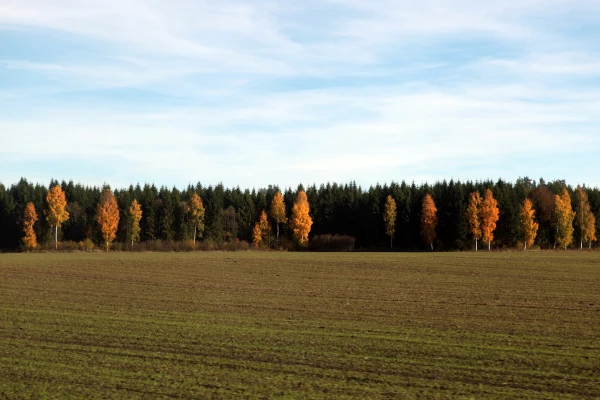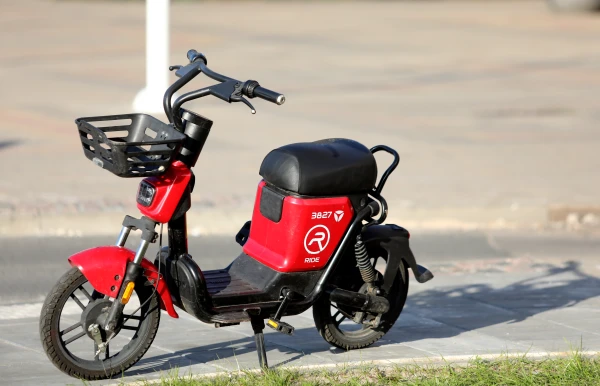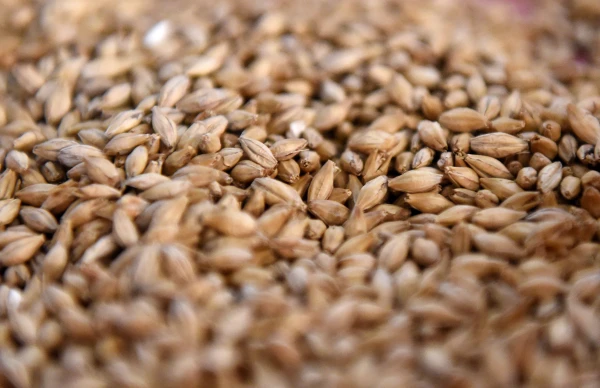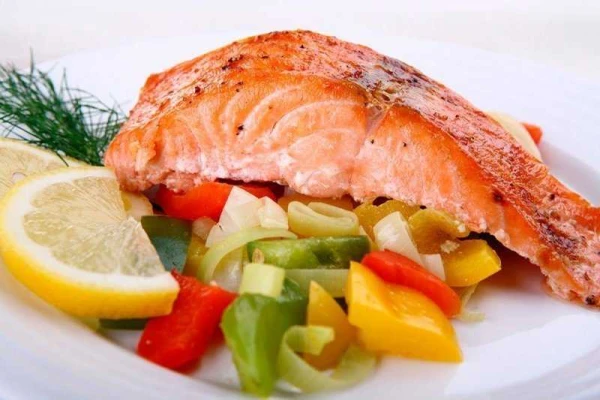
Winter crops in Latvia currently look good in all regions, but it is still too early to predict how they will survive the winter, said Anitra Lestlande, head of the integrated plant protection department of the State Plant Protection Service (GSZR), to the LETA agency.
According to representatives of the State Plant Protection Service (GSZR), the problem of prolonged rains that farmers faced this summer has persisted into the fall. The rainy and cool weather has not given way to sunny and dry conditions, which has seriously affected the autumn fieldwork — the sowing of winter cereals and winter rapeseed. As a result, the crops visually differ not only between regions of the country but also within the same area.
Lestlande explained that inspectors from the GSZR's forecasting department surveyed the winter crops in October and concluded that they currently look good across the country — overall, the crops are green and healthy. However, in areas with waterlogged soil, the development of sprouted plants is slower and more uneven.
"But it is still impossible to predict how they will survive the winter — this will be shown by winter and spring. The spread of harmful organisms this year is similar to previous years, except for the cabbage midge (a small dipteran insect), which appeared in rapeseed fields just a few years ago and continues to expand its range," noted Lestlande.
The service also pointed out that due to waterlogging in several regions of Latvia, sowing was delayed, and now in some fields, the cereals are just sprouting, while in others, tillering is already occurring. Active sowing of winter crops in Kurzeme and Selija continued until mid-October, which is 2–3 weeks later than usual, so in some fields, the winter crops are just beginning to sprout and form the first leaf.
In Vidzeme, this year, relatively more winter wheat has been sown. Those crops that were sown in early September have sprouted well, tillered, and are ready for winter. However, there are also areas with uneven sprouting. In later sowings, excessive moisture negatively affects development, especially in heavy and compacted soils, where the plants appear weaker, reports GSZR.
It is also noted that relatively little winter barley has been sown this year. It is currently at the initial stage of forming side shoots, although in some fields it has already reached the stage of beginning tillering.
According to GSZR, relatively little rye has also been sown — mainly in the northeast of Vidzeme, and the sowing was done quite late — at the end of September. Currently, they have reached the stage of two leaves to the beginning of forming side shoots — the seedlings are good and look healthy.
In the surveyed fields, there is a low level of pest spread, not exceeding the usual. Damage from click beetles is mainly noted at the edges of the fields. There are also minor damages from stem fly larvae, but not in all sowings.
The service also reports that in some fields in Selija, the first signs of wheat leaf septoria and brown rust have been observed. In barley, ring chlorosis and net blotch have been recorded in some places, with the former being detected more frequently — currently, its spread reaches 10%.
Due to weather conditions, harvesting has been difficult and prolonged in several regions, which has delayed the autumn sowing. As a result, less winter rapeseed has been sown in Selija and Kurzeme than usual.
GSZR notes that in fields with earlier sowing, rapeseed has developed well and formed a rosette of leaves, but in slightly later sown areas, the plants have already reached the stage of 5–8 leaves. In Kurzeme, most fields of winter rapeseed are currently at the stage of 6–9 leaves.
For rapeseed sown later and developing more slowly, there is a risk of insufficient development before winter due to variable weather conditions, which may affect winter survival, predicts GSZR. In Vidzeme, the first frost damage on older leaves has already been recorded, which usually die off naturally during the winter period.
In the sowings of winter rapeseed, damage caused by slugs has been observed in some places, and almost every field shows minor damage from cruciferous fly larvae. In Kurzeme and Zemgale, damage caused by the cabbage midge has also been recorded, which began appearing in rapeseed fields in Latvia just a few years ago and is now becoming more common. In Vidzeme, minor damage has been caused by cabbage white caterpillars.
At early stages of development of winter rapeseed, manifestations of downy mildew have been noted on cotyledons in some sowings, as well as the first signs of alternaria and dry rot of crucifers. In Vidzeme, downy mildew has been identified in some areas, reports GSZR.
GSZR is a state institution established in 1998. Its goal is to ensure the sustainable use, protection, and control of the turnover of agricultural crop and forest resources, preserve their biological diversity, promote public safety and protect the environment from possible contamination by plant protection products and fertilizers, create conditions for farmers to access healthy and quality seed material, and enhance the productivity and competitiveness of agriculture.














Leave a comment